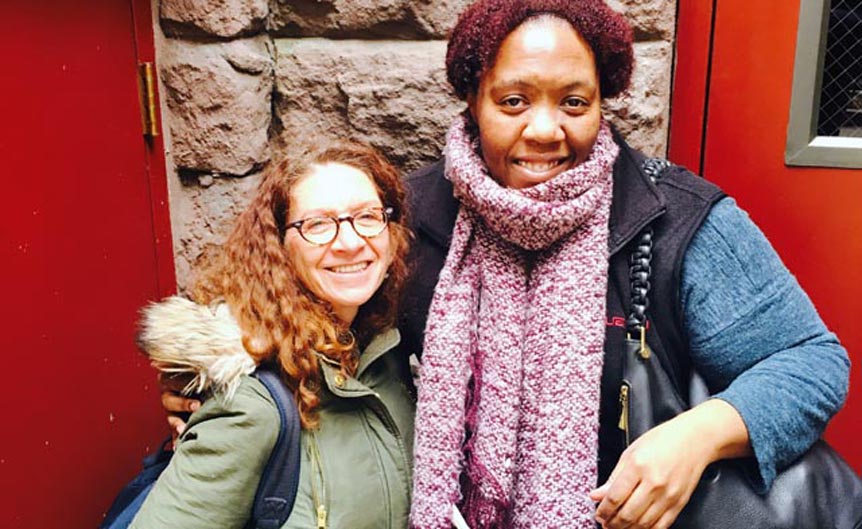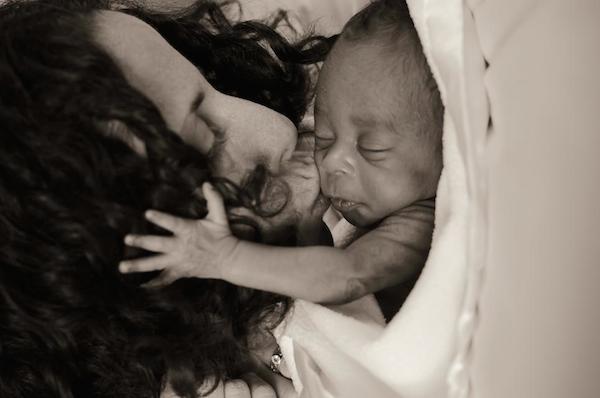In the photo capturing my brush with the greatness of John Lewis, it looks like we’re sharing quite a moment.
Proof that looks can be deceiving.
If anything, the Civil Rights Movement icon and longtime conscience of the United States Congress was indulging one of my typically long stories. (If you must know, it was about his 2016 remarks concerning Sen. Bernie Sanders’s protest record in Chicago, which subsequently landed my family’s activist tales in the paper next to Sanders’s. Suffice it to say I did not express it as concisely as this telling.)
Nonetheless, he laughed at the end, all the while clenching my hand in a pre-Covid-19 affirmation that he was truly listening to you.
As he did to everyone.
“You can tell what a gracious man Congressman Lewis was by your friends’ posts in your timelines today,” my friend and fellow journalist Errin Haines posted on Facebook a day after his July 17 death, at the age of 80 from pancreatic cancer. “He literally stopped to take a picture with EVERYONE.”
If our conversation wasn’t memorable, the event that brought us together was: The opening, in April 2018, of the Equal Justice Initiative’s National Memorial for Peace and Justice, in Montgomery, Ala. Now a Civil Rights tourism hot spot, the city is a far cry from the segregationist capital Lewis visited 53 years earlier at the end of the March from Selma.
That began after a false start and the Rev. Martin Luther King taking a knee and turning back, and the Bloody Sunday riot by police. For daring to attempt a march for voting rights, Lewis and others were mercilessly beaten on the Edmund Pettus Bridge, named for a Confederate brigadier general, Ku Klux Klan Grand Dragon, and unrepentant Alabama segregationist senator.
Had our chance meeting been one of the more formal interviews I’ve had with movement leaders, I would have asked Lewis: “What do you think of the idea of renaming the bridge for you?”
He’d been asked that before, telling the Montgomery Advertiser in 2015 that any decision should come from local leaders. But my question wouldn’t have been to test his ego, a total waste of time for one so humble. Rather, an opportunity to set his great mind working: “Isn’t there some benefit,” I would add, “in preserving Pettus’ name on the structure, which for the rest of history will always be associated with a march for everything he fought against?”
I won’t start the posthumous what-Lewis-would-say-or-do here. And as a life-long Northerner, maybe I don’t even have a vote on the issue.
But I do as the descendant of those whose Census records from 1860 and before disappear into history, and who lived — if one could call it that — in Selma and Gainesville, Ala. The latter was an early stop on Pettus’ road to fortune, some of which very likely runs uncompensated through my veins.
If the rebel general and Klan grand dragon isn’t spinning in his grave enough, let him rotate with every step of the thousands who come to celebrate the demise of his barbaric legacy.
Yet as a people, I’m convinced, Black folks don’t really have the vengeance gene. Justice in the here-and-now is what we’re truly after, and the ultimate higher ground is tempered with the graciousness that Lewis singularly exhibited. No greater strength have I ever felt than the compassion and resolve of his tightly clasped hand.
An enduring bridge to everyone he met.







